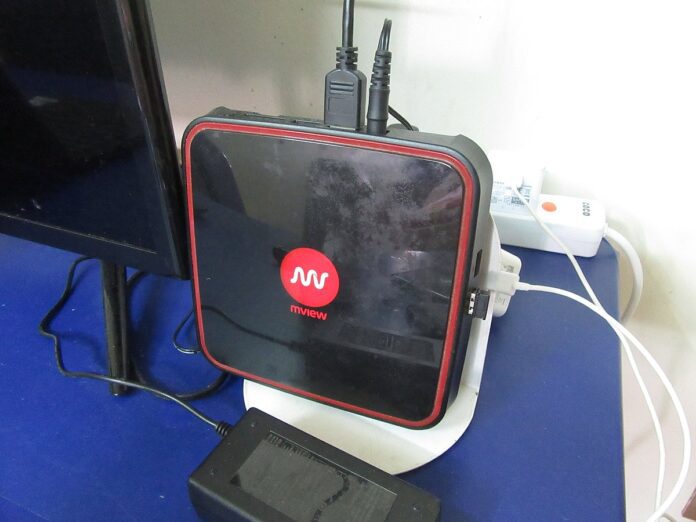In the context of online streaming, we come across many terms, IPTV being one of them. Our paradigm is shifting from traditional broadcasting methods like cable or satellite TV to internet-based streaming and IPTV has a significant role to play in this transition.
Customers don’t care nearly as much about owning content as they do about accessing it. This is where IPTV comes in.
Let’s take a closer look at peoplestv.nu IPTV, how it works & its architecture, the types of IPTV services and the future of IPTV.
IPTV – what is it?
Internet Protocol Television refers to the delivery of TV programs and videos over the Internet, either live or on demand. Digital television service is delivered to a subscriber using Internet protocol technology through a broadband or internet connection.
It differs slightly from the digital video that is accessed by millions of users on sites and apps such as YouTube and Netflix, but it shares a lot of its ubiquitous and pervasive nature. A single IPTV subscription can also be used by multiple TV sets at the same time, unlike standard cable or satellite connections.
Aside from being able to tune into any Live TV shows that are currently aired, IPTV offers viewers the convenience of having the option to pick the program they want to watch whenever and wherever they like.
Cable and satellite both function by enabling you to tune in to specific channels within their signal. The fundamental difference is that cable is delivered through a wired connection, whereas satellite is delivered wirelessly (until it reaches your house). Time Warner Cable is an Coaxial cable is an example of Cable TV. Satellite TV is provided by providers like DirecTV and is transmitted and delivered via radio waves.
IPTV delivers TV channels to users’ set-top boxes through an Internet protocol (IP) based network. By offering the same client-server model used to render email, websites, and other Internet-based services as cable and satellite, Internet networks differ from cable and satellite. In this blog, we will see that IP or Internet Protocol is the language that is used to transfer data packets between computers connected to the internet.
The consumer requests and receives TV shows and video content through an IP (Internet Protocol) network rather than a cable or satellite service. IPTV, in contrast to cable or satellite, where programming is broadcast in real-time on a transmit-and-forget model, allows the content to be stored on servers at the transmitting end, allowing users to request it via the Internet at any time.
Why do IPTVs work?
IPTV is very similar to browsing the internet, as opposed to traditional channel surfing. IP (Internet Protocol), a transport protocol, is used to deliver videos to viewers. As soon as the viewer clicks on a TV program or requests video, video from different sources (servers) is divided into data packets and sent over the internet. Video servers transmit programs via fiber-optic cable to existing households via internet connection. Requests are sent out, and shows are returned.
Depending on the network architecture of the service provider, two main types of IPTV architecture can be considered for IPTV deployment: centralized and distributed.
It is relatively simple and easy to manage the centralized architecture model. Media content is stored on centralized servers, so it does not require a comprehensive distribution system. This type of architecture is generally beneficial to networks with relatively small VOD service deployments, adequate core and edge bandwidth, and an efficient content delivery network (CDN).
Help keep news FREE for our readers
Supporting your local community newspaper/online news outlet is crucial now more than ever. If you believe in independent journalism, then consider making a valuable contribution by making a one-time or monthly donation. We operate in rural areas where providing unbiased news can be challenging. Read More About Supporting The West Wales Chronicle

























